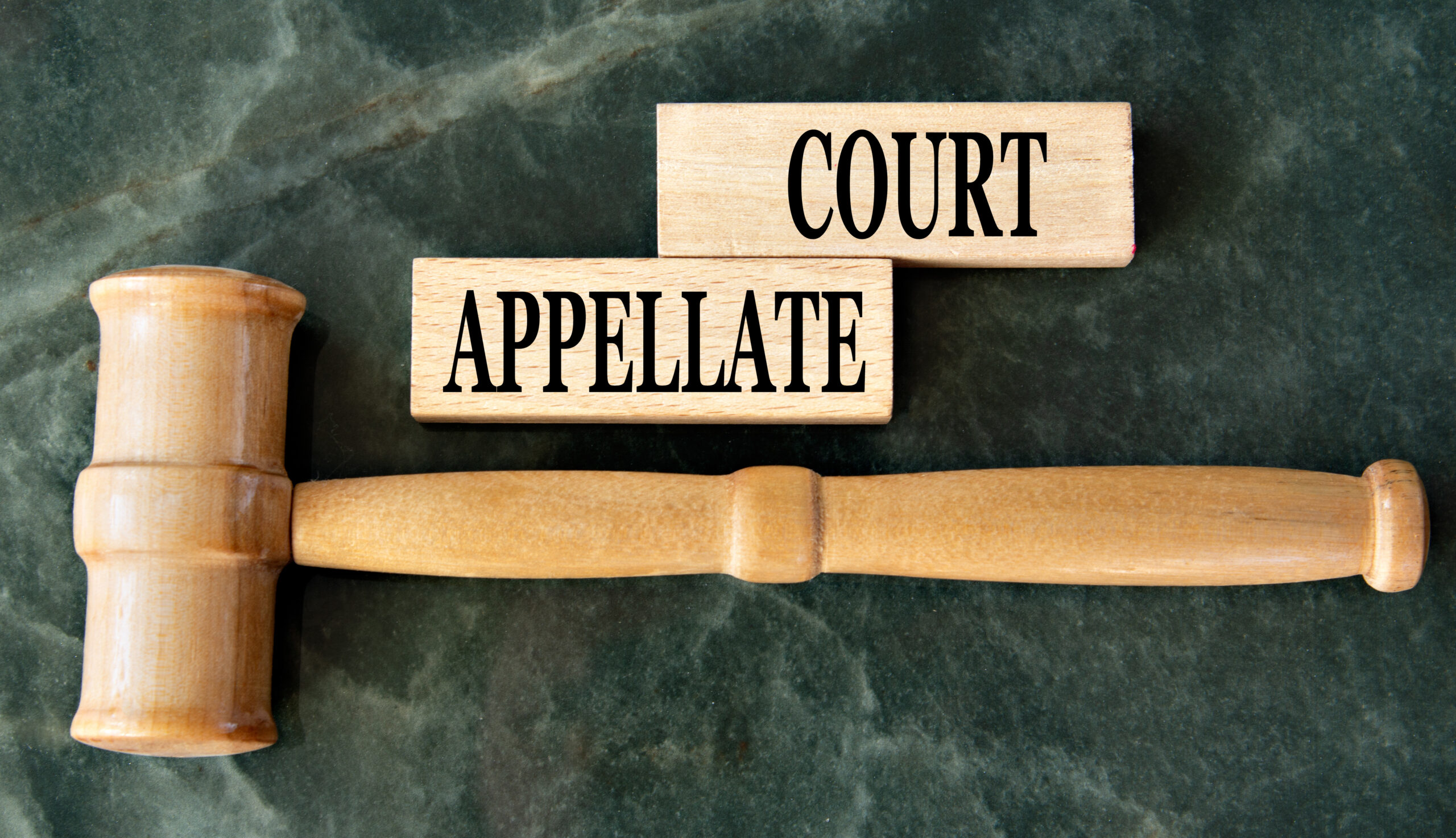Under Section 521 of the Bankruptcy code, an individual debtor is obligated to choose how to treat the collateral of a secured creditor. Under the Code, the choices are: reaffirm the debt, redeem the collateral, surrender it, or claim the property as exempt. The debtor must file a Statement of Intention which explicitly lists the collateral and the proposed treatment. Once the Statement of Intention is filed, the debtor is obligated to perform the declared option.
While the “surrender” option appears straightforward, in practice it has created some legal issues. Most courts have construed the provision simply to mean that the Debtor will not use one of the three other choices. See, e.g., Green Tree Fin. Servicing Corp. v. Theobald (In re Theobald), 218 B.R. 133, 136 (10th Cir. BAP 1998) (“Section 521 was not designed to provide a mechanism by which creditors may avoid obligations imposed by state law.”); In re Kasper, 309 B.R. 82, 86 (Bankr. D.D.C. 2004); In re Lair, 235 B.R. 1, 12 (Bankr. M.D. La. 1999) (stating that “surrender” means nothing other than choosing not to utilize the bankruptcy alternatives of reaffirmation, redemption or exemption and avoidance). However, in a recent case the Eleventh Circuit Court of Appeals ascribed a broader meaning to the surrender option.
In In re Failla, 838 F.3d 1170 (11th Cir. 2016), the Debtors had defaulted on their mortgage and were subject to a foreclosure action by their lender. They contested the foreclosure in state court. While the foreclosure action was pending, they filed for bankruptcy. On their Statement of Intention, the debtors stated they would surrender the house. Despite their stated intent to surrender, the Debtors continued to oppose the foreclosure on their home in the state court. The lender filed a motion to compel the surrender of the home, arguing that the continued defense of the foreclosure action was inconsistent with surrendering the property. The Bankruptcy Court agreed. On appeal, the Eleventh Circuit Court of Appeals affirmed the lower courts, stating that, because surrender means the “giving up of a right or claim,” in contesting the foreclosure through adversarial litigation, the Debtors had not “relinquish[ed] … all of their legal rights to the property, including the right to possess and use it.” Rather, the Court stated that “Debtors who surrender property must get out of the creditor’s way.”
As a result, the Court held that the Debtors could be compelled to cease prosecuting their challenge to the mortgage or risk revocation of their discharge. While the debtors argued that the remedy was to grant the creditor relief from the stay, the Court disagreed, noting that otherwise “debtors could violate Section 521 with impunity.”
Although debtors and their counsel may sometimes regard the “surrender” option as a mechanism to defer repossession, and possibly one which leaves open the possibility of preserving the right to contest the secured creditor’s position outside of the bankruptcy court, the Failla decision makes clear that failure to comply with a stated intention can result in the denial of discharge, which is a most serious consequence in the bankruptcy context. Or, as Bruce Springsteen might have put it, “If you make a vow, you must always remember, no retreat, baby, when you surrender.”









